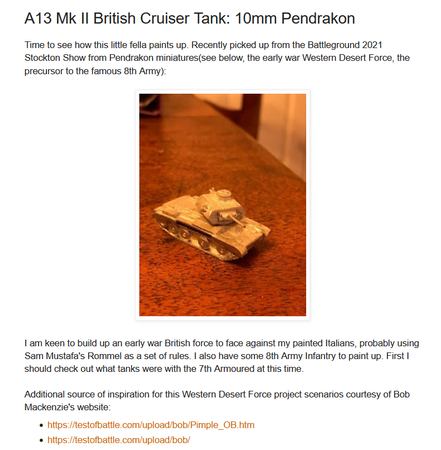My first "experiment" would be to actually sit down with a friend and play Victory a few times - as I hadn't played a game recently, and wanted to see if it would work out as well as a campaign system as I had thought previously.
I'm also hoping that a write-up of a sample game will give other people some idea of whether Victory would suit their requirements for a WWII campaign system.
A Test Game

Here we are at the start of a game. I'm playing Blue; my opponent is playing Red. From a large selection of geomorphic maps, we have chosen two for this battle - Red's home is a desert continent, while my homeland has rivers and forests. As you can see in the photo, I can see my own units, but have only a vague idea of what my opponent has chosen.
This is the quick-start scenario, where each side gets 20 units of any kind. I've chosen a mix that is heavy on fighters, dive bombers (which I haven't used before), and armor. I've also taken three carrier groups - two in the left sea, one in the right (where I know my opponent has no naval forces - he has no port city on this side of his map).
The 1st Turn
The deployment rules require both of us to start our forces scattered about our Cities (the circles with numbers in them; the ones without numbers are Towns). Therefore, both of us spend the first turn concentrating our armies.

A strategic movement rule allows ground forces to move swiftly when on the road net (and not advancing into combat). My map's road net allows me to move units towards the "front" fairly easily, although moving units laterally along the front is trickier. (I don't realize it at the time, but my opponent's road net virtually forces him to concentrate to his right flank.)
(The solid blue blocks, by the way, are decoys - intended to deceive my opponent.)
Red Attacks!
On the next game-turn, my opponent wins the initiative - which means he moves before I do. He combines his forces on his right to attack my border units in a small town.

I have a corps each of armor and infantry in the town, against six "blocks" of his...

...although I can use the "air reaction" rules to reinforce with two wings of bombers. Then we reveal the units:

It turns out he's attacking me with two Marine corps (which have marched along the coast), supported by fighter and bomber wings, and two carrier groups.
(The big numbers on the blocks stand for the "strength" of the unit - everything is at 4 or full strength. The small digits give the target numbers when attacking air, ground or naval units; or the movement factor.)
Now if this were a "campaign system" game, it would be time now to translate this battle into one or more tabletop wargaming scenarios. (Since each battle lasts 3 rounds, it might be three tabletop scenarios.)
In this case, we use the Victory rules - and my forces lose the battle...






